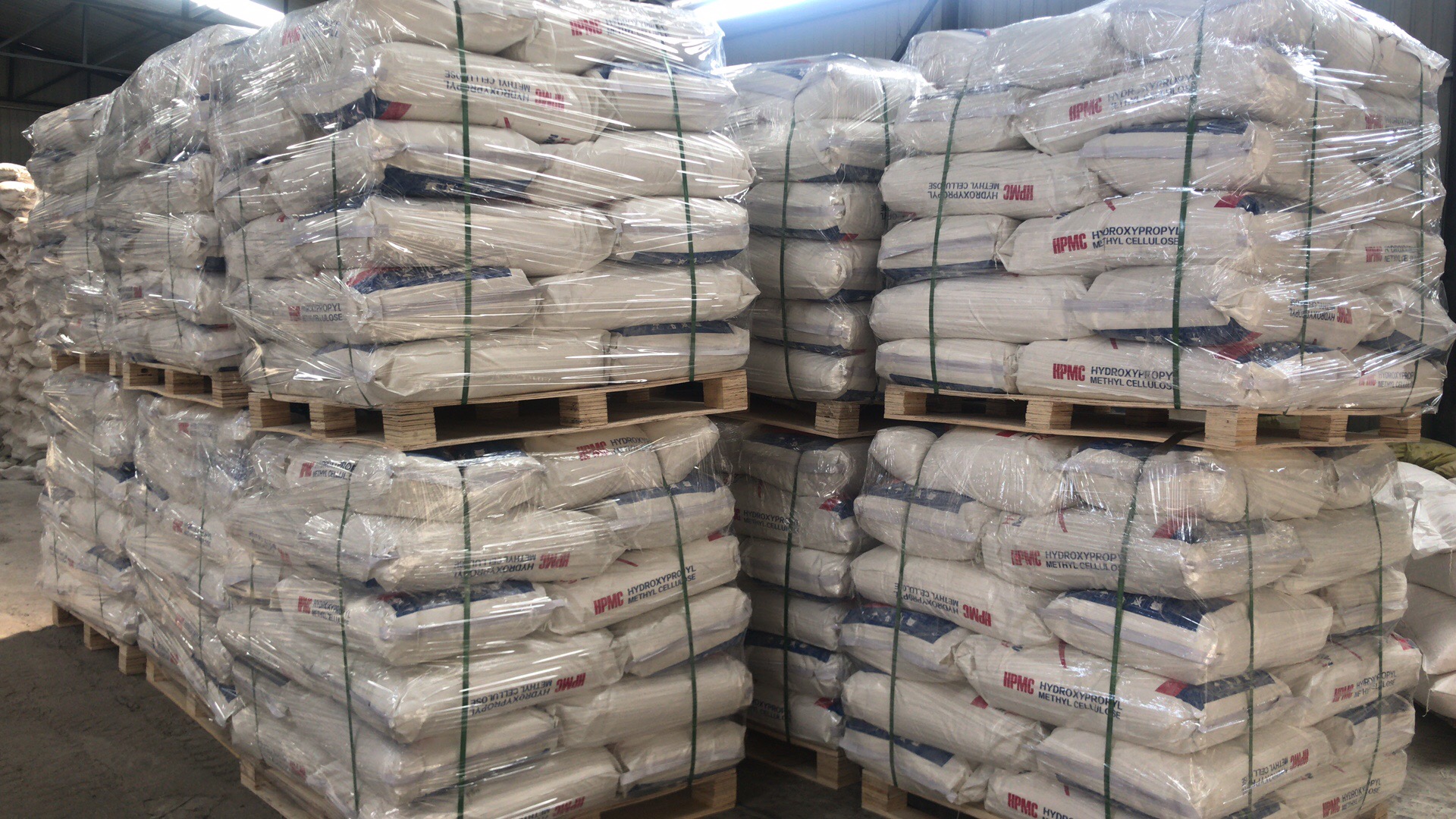What are the uses of hydroxypropyl methylcellulose?
Hydroxypropylmethylcellulose (HPMC) is a versatile and versatile polymer that is used in a variety of industries due to its unique properties. The compound is a derivative of cellulose, a natural polymer obtained from plant cell walls. The addition of hydroxypropyl and methyl groups to cellulose can enhance its solubility and make it more flexible, thus having a wide range of applications in different fields.
Classification of hydroxypropyl methylcellulose:
1.Chemical structure:
Cellulose derivatives: HPMC is a semi-synthetic water-soluble cellulose derivative obtained by modifying the structure of natural cellulose.
Hydroxypropyl: The introduction of hydroxypropyl groups imparts water solubility and enhances the rheological properties of the polymer.
Methyl: Methyl substitution increases the stability of HPMC and improves thermal gelation.
2. Physical properties:
Solubility: HPMC is soluble in cold water, hot water and organic solvents to varying degrees.
Thermal gelation: It exhibits reversible gelation upon heating and cooling, providing unique capabilities in certain applications.
Film formation: HPMC can form transparent, flexible films with good tensile strength.
3. Viscosity grade:
HPMC is divided into different viscosity grades, from low viscosity to high viscosity. This classification is critical for various applications because it determines the thickness of the resulting solution or gel.

The uses of hydroxypropyl methylcellulose in different industries:
1. Pharmaceutical industry:
Binders in tablet formulations: HPMC is widely used as a binder in pharmaceutical tablets to ensure cohesion of tablet ingredients.
Sustained-release preparation: Its controlled-release properties make it suitable for sustained-release pharmaceutical preparations.
Film coating: HPMC forms a protective, clear film on tablets, improving their appearance and stability.
2. Construction industry:
Mortar Additive: HPMC is added to mortar to improve workability, water retention and surface adhesion.
Tile adhesive: Enhance the adhesive properties of tile mortar and improve bonding strength.
Self-Leveling Compounds: HPMC is a self-leveling compound used in flooring applications due to its rheological properties.
3. Food industry:
Thickening agent: HPMC is used as a thickening agent in a variety of food products, including sauces, dressings and desserts.
Stabilizer: It stabilizes emulsions and prevents phase separation in some food formulations.
Glazing Agent: HPMC is used in glazes to provide a shiny and even appearance.
4. Cosmetics and personal care industry:
Viscosity Modifier: HPMC is used to adjust the viscosity of cosmetic formulations such as creams, lotions and shampoos.
Suspending agent: It helps suspend solid particles in formulations such as suspensions and emulsions.
Film former: In hair care products, HPMC helps form flexible and durable films.
5. Paint and coating industry:
Thickeners and Rheology Modifiers: HPMC is added to coating formulations to control viscosity and improve application performance.
Water-retaining agent: Enhance the water-retaining ability of the paint and prevent the paint from drying too quickly.
6. Textile industry:
Printing Pastes: HPMC is used in textile printing pastes to improve consistency and printability.
Sizing agent: used as sizing agent to improve the strength and smoothness of textile fibers.
7. Other industrial applications:
Adhesives: HPMC is used in adhesives to control viscosity and improve bonding properties.
Ceramics: Used as a binder and rheology modifier in ceramic processing.
Petroleum Drilling Fluids: HPMC is used in petroleum drilling fluids to control viscosity and fluid loss.
